|
We got the most extraordinary welcome from SMKN 5 Padang. The high school students gave us a traditional Minang dance, song, and music performance. The choreography of the whole performance was exquisite. We even learned parts of the dance and instruments later, and both were very difficult.
2 Comments
This was a special day. Regan Moore, Linda Tanini, and I arrived at Padang, West Sumatra. This is our special assignment in Indonesia. We arrived after a brief flight from Jakarta, and we were welcomed by Yulia Sari and Ronal Fujianto. Yulia is our host teacher for our stay, and she is the vice principal at SMK N 5 Padang. She is one of the most generous, smart, and genuine person I have ever met in my life. Ronal is the mechanics teacher at the school, and he drove us all over West Sumatra. He felt very insecure about his English speaking skills, but he has a shining personality.
Yulia and Ronal gave us a wonderful introductory tour to Padang. They took us to the beach, and it was so exciting to learn about the geography of the place. The beaches are lovely, and it was so exciting to learn how close we were to other countries. Just outside of Jakarta, our TGC cohort went to visit a public elementary school named SDN Johar Baru 10. The entire school, along with their mothers and community gave us a spectacular welcome, classroom tours, and then a grand closing ceremony. The grand gestures, along with their modest statements from the principal like, "I wish we could give you better," were so heartfelt and generous. The students entertained us with their martial arts, music, and performance skills. They also fed us some very tasty fruits and snacks. When we toured the classrooms, the students and teachers seemed genuinely happy. Obviously, we had a language barrier, but it was evident that this was a joyful and positive environment. We were told that they had significant high scores, and I would believe the positive culture and extracurricular activities help build up a strong student community. This was a delightful visit to a private high school, where there are students in the tourism and retail pathway. The students are articulate in their English language skills. They prepared a wonderful presentation of local snacks and foods. We also had the opportunity to visit their student run store. So my guiding questions for this trip were the following: 1. What is your dream? 2. What and who do you need to achieve those dreams? 3. What and who will keep you from achieving these dreams? So I began interviewing some of the students these questions. Many of them are very ambitious, and believe that they can achieve them with their family and self-confidence. Being of Chinese descent myself, I find it fascinating to meet other Chinese people around the world. I met a number of Chinese students at this school, and it was neat to learn about their lives and family histories in Indonesia. This school was very musical. The students prepared a lovely opening ceremony with song. Then we were able to tour some of the music rooms, where we tinkered with drums and wind instruments. It was so much fun!
Today we had the enormous honor of meeting the Dean and her Education Department at the Atmajaya University. The dean spoke to us about the the Indonesian education structure, along with the processes of becoming a teacher in the country. There were faculty members, school administrators, teachers and new teachers. There were fascinating exchanges about the differing educational systems between our two countries, and why we all became teachers. It was all so heartwarming to hear how we all want to make education better for all our students. One of the most inspiring part of the meeting was hearing this new teacher, Aditya Pradipta Wardhana, reflect on his past education and how it will affect his pedagogy in his classroom. I will not elaborate too much more, as he was so articulate and eloquent. This is one of my highlights of the trip, because I love studying and preserving art. Batik is the most famous art in Indonesia, where it is fully integrated into daily fashion. Even at the schools, students are required to wear a school batik once a week. Batik is a method of articulating a design with wax on a piece of fabric. It is layered on with a canting tool, which is a wood handle tool with a metal funnel. The funnel then has a 2 cm nib that controls the flow of the wax. The wax is drawn onto both sides of the fabric. Then the fabric is dyed, and the resisting wax is removed to reveal the drawn pattern. It could then be repeated with a differently drawn design and color dye. It was extremely hard to control the nib, as it could let out an unsightly blob of wax, ruining a more delicately sketched design. Now I am on the hunt for the most perfect batik. I am looking for an intricate, geometrically designed piece. I worry I will not have an eye for high quality work, as there are different qualities of batik, depending on the intricacies and complexities of the design. Learning about the built environment of a city is always the most thrilling part of my travels. We visited the Istiqial Mosque of Jarkarta, the largest religious building in the city. This is where the Indonesians leaders worship, as it is also the site of where foreign diplomats would come visit. On the exterior, it is seemingly a brut, concrete building. It was constructed over the course of 17 years. Since completed in 1978, the building accommodates at least 50,000 people outside, and over 150,000 more in the interior. The building is massive, as it is composed of at least four levels. With wide halls and giant staircases, it moves their barefoot occupants safely and efficiently throughout the day of prayers. The most impressive architectural features are the perforated screens throughout the building. I was always impressed with the contemporary architect Steven Holl, but these are just incredibly textured walls of the mosque. The majority of the walls are perforated for not only cooling and filtering the hot humid air, but also to allow the prayer echoes to resonate throughout the city. The prayers are led with an extensive microphone and audio system, and it beacons to all the worshipers the priorities of life. |
AuthorI am a global educator on a journey to connect STEAM classrooms around the world. ArchivesCategories
All
|
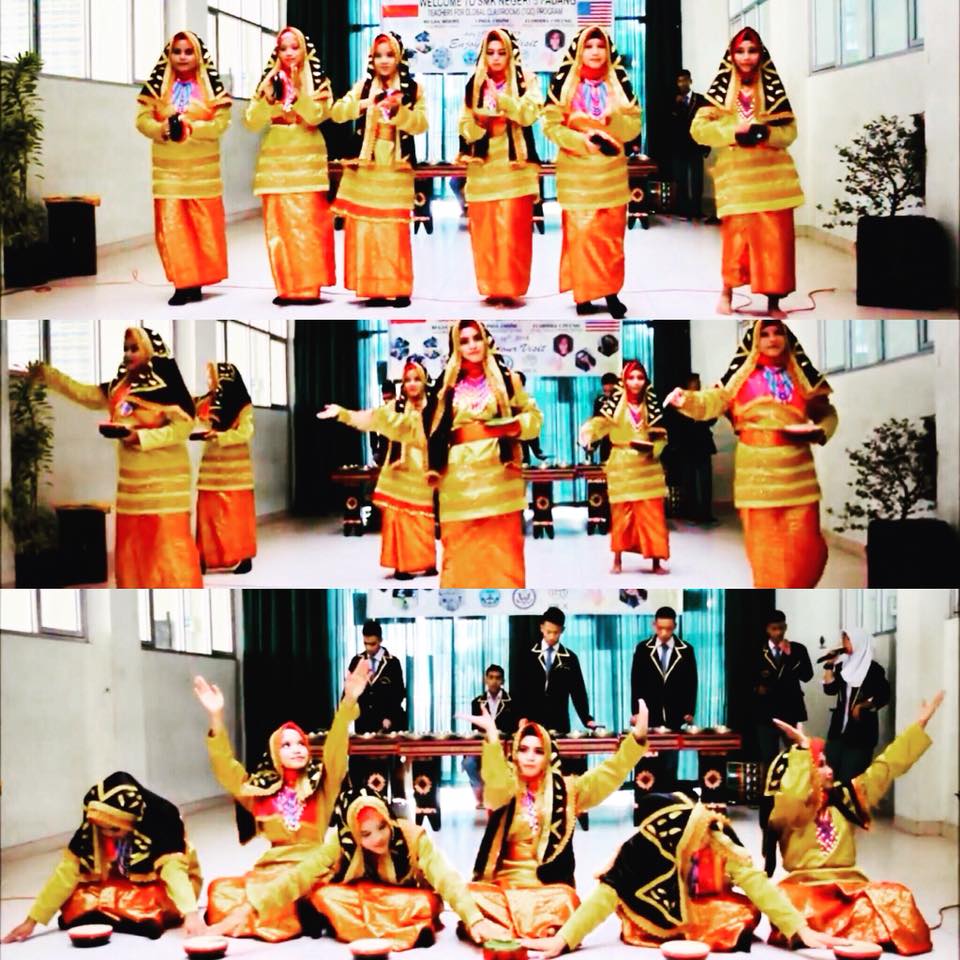
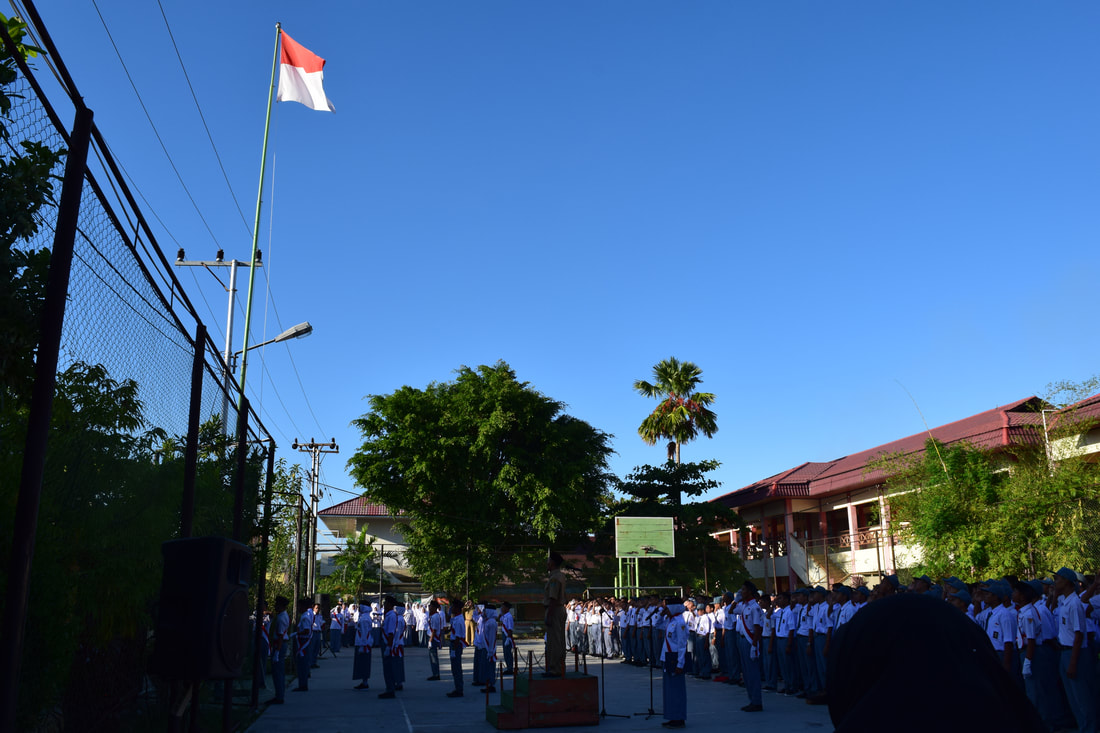
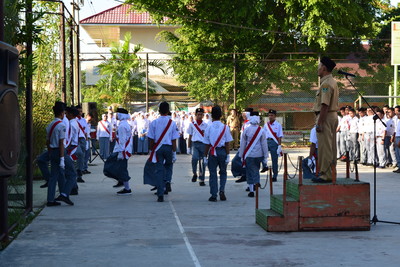
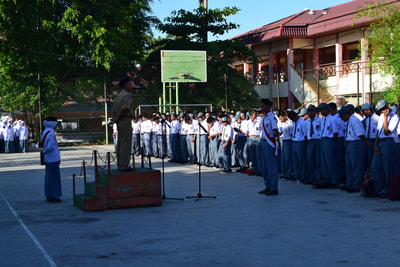
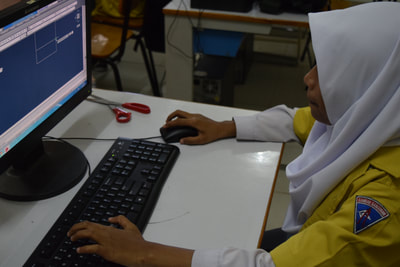
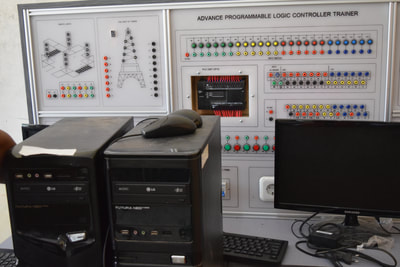
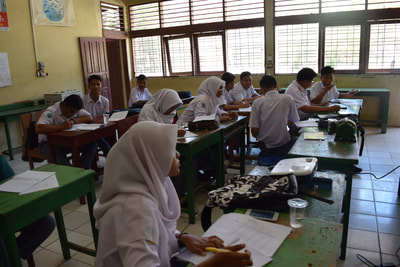
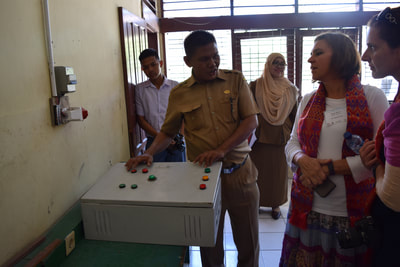
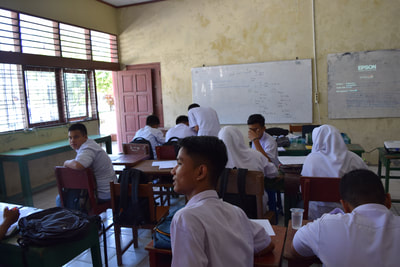
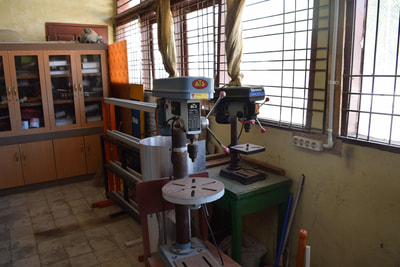
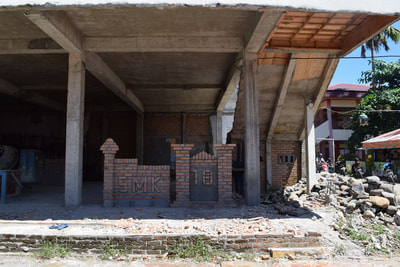
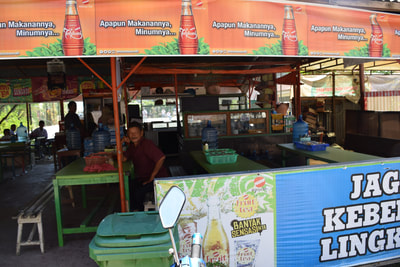
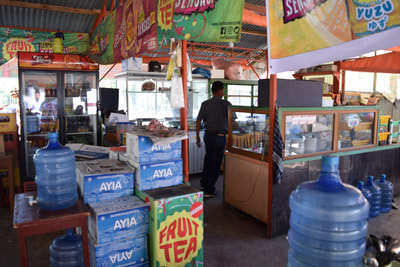
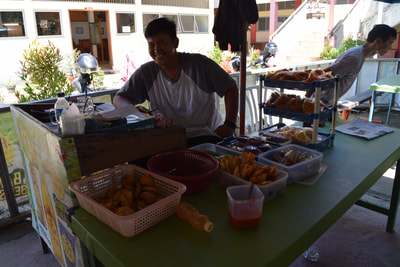
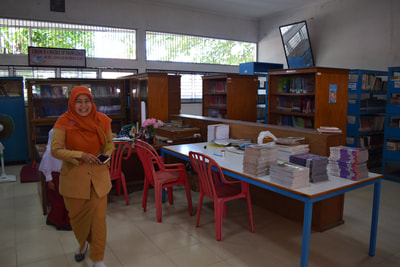
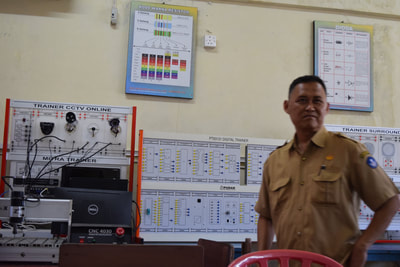
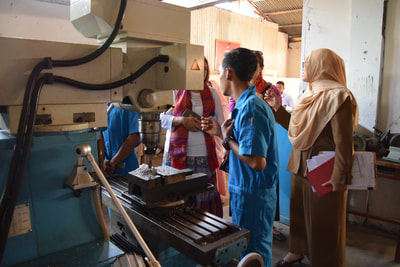

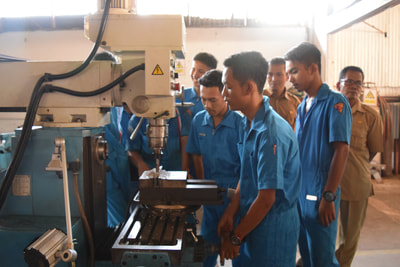
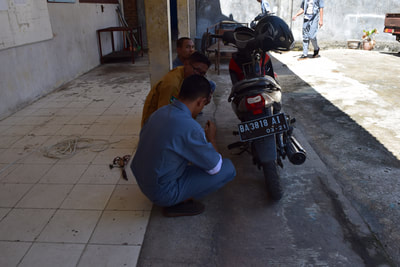
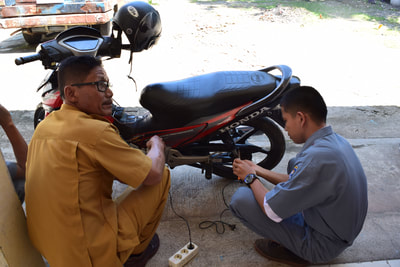
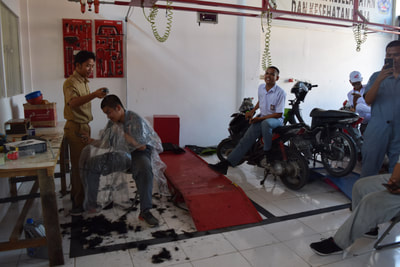
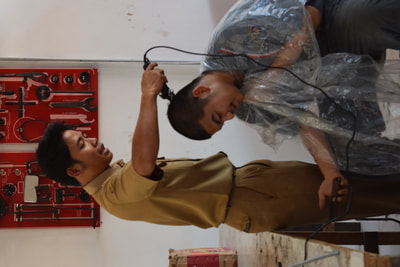
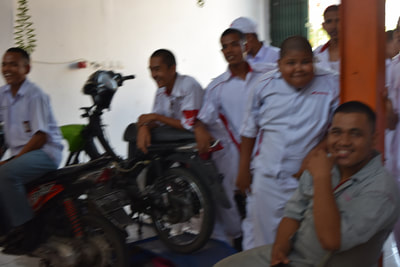
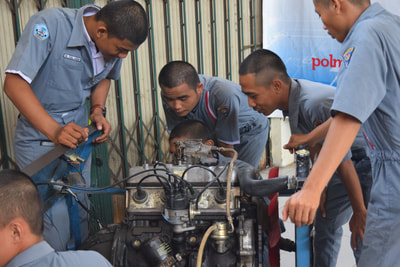
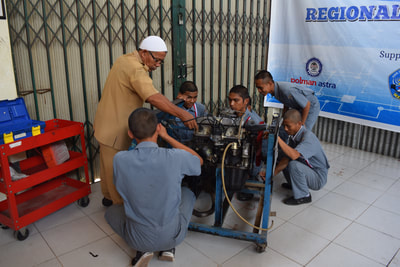
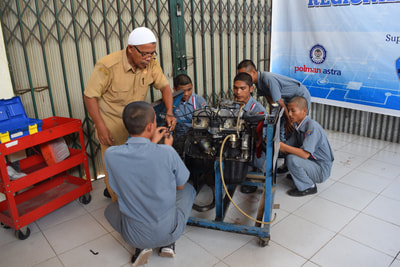
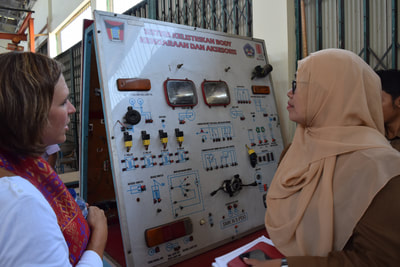
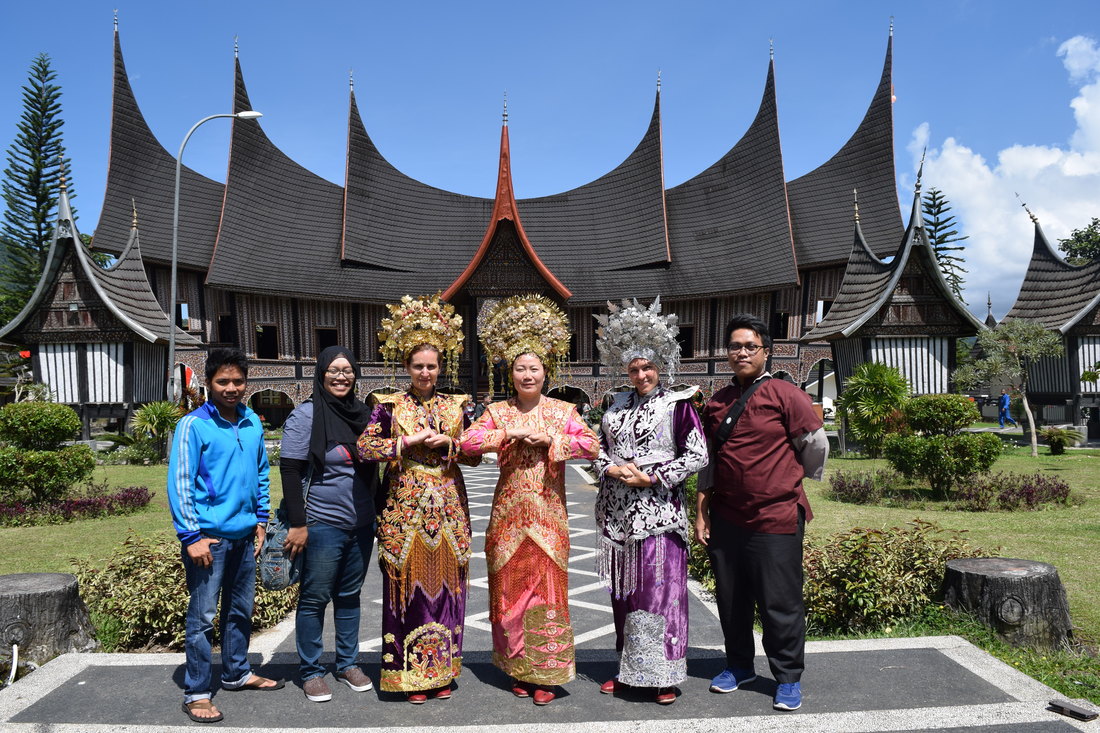
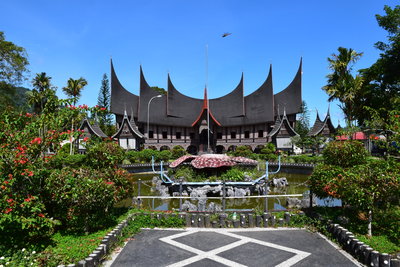

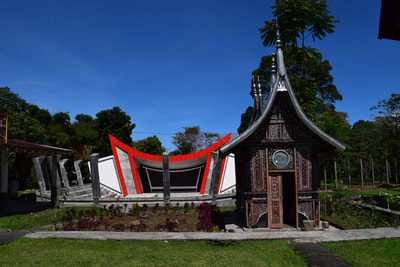
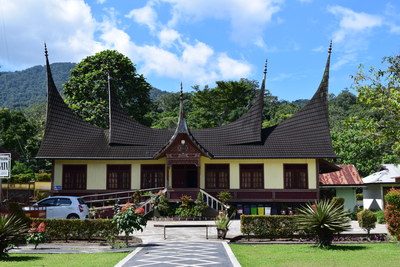
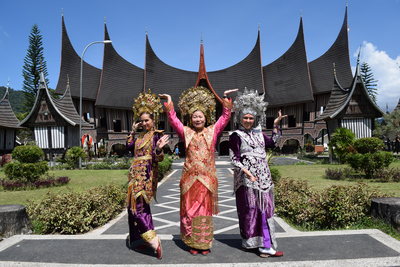
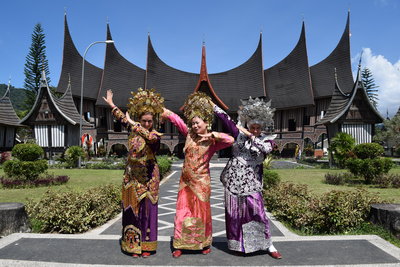
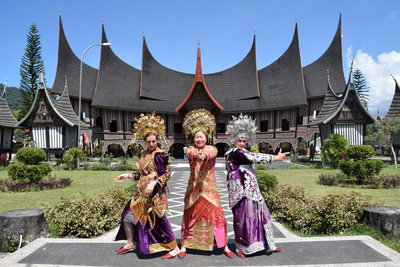
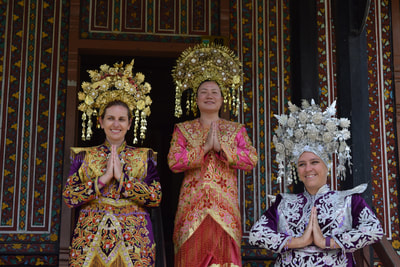
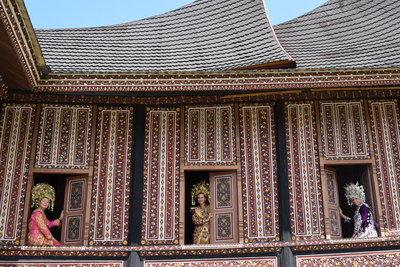
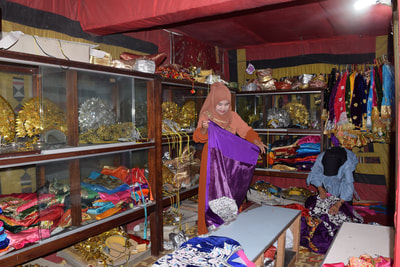
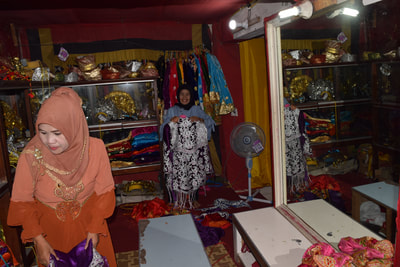
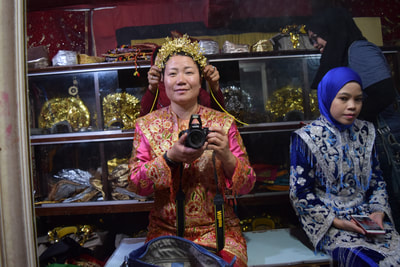
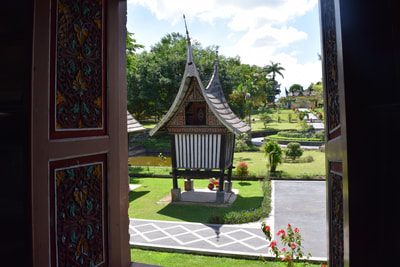

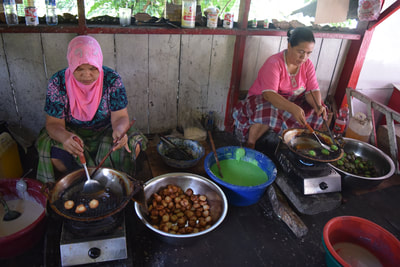
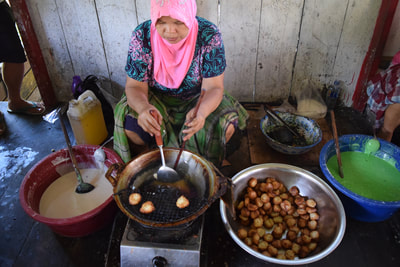
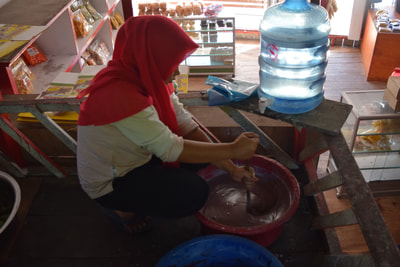
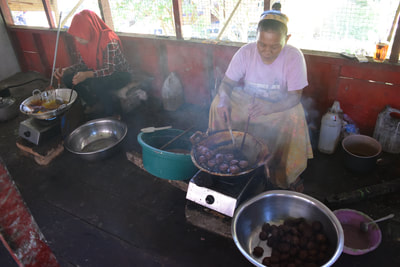
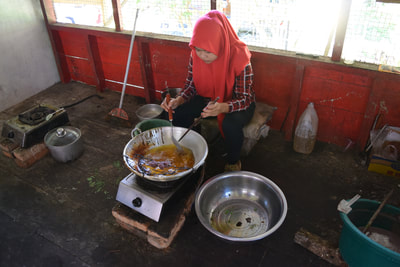
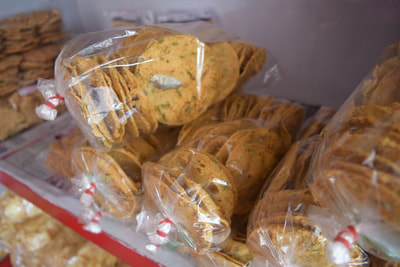
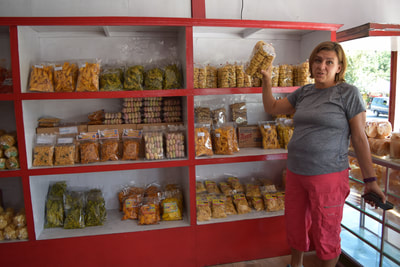
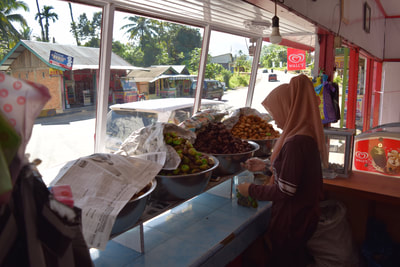
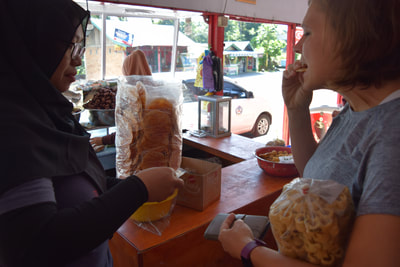
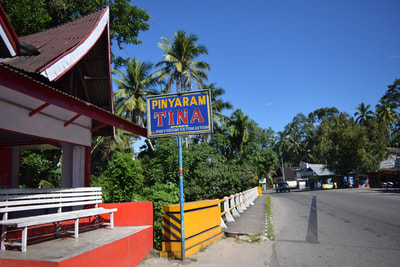
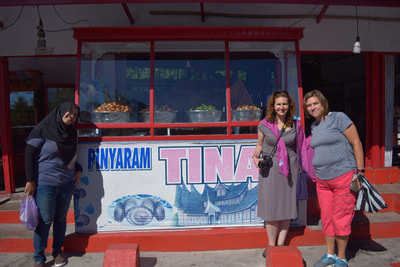
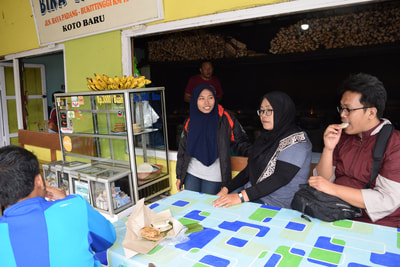
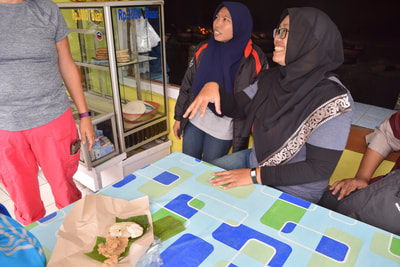
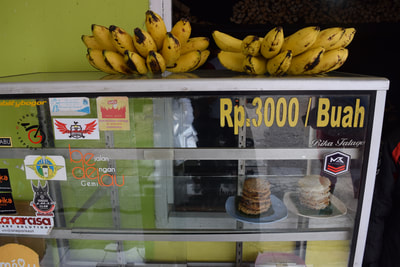
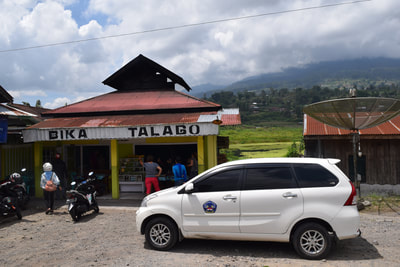
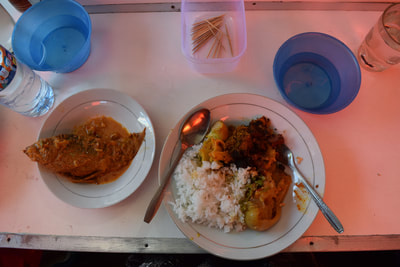
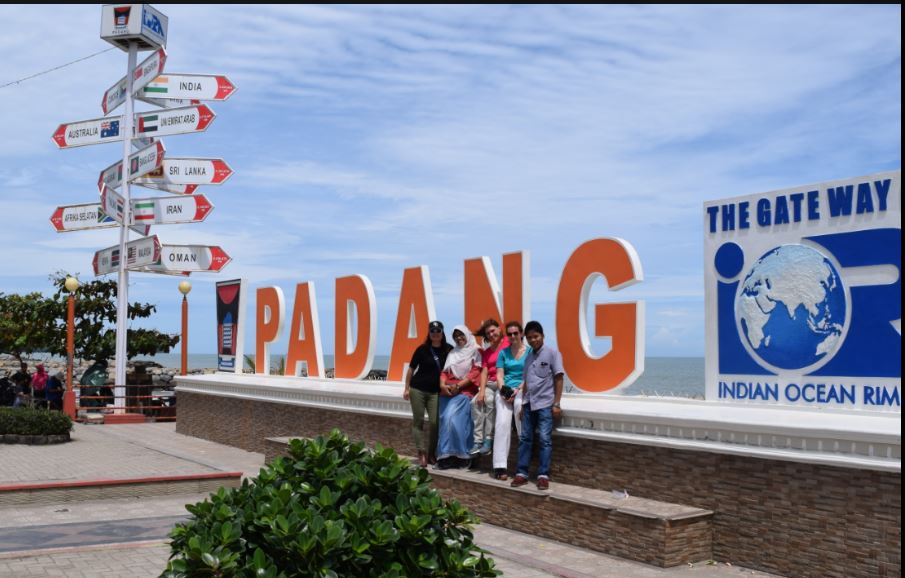
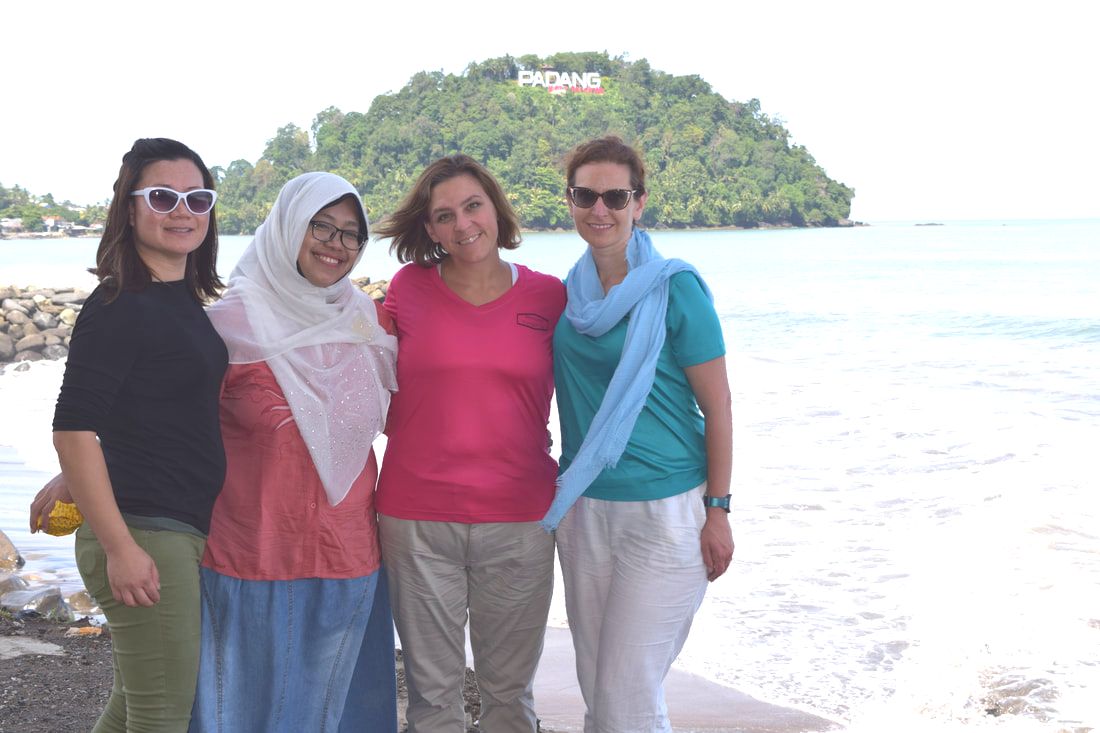
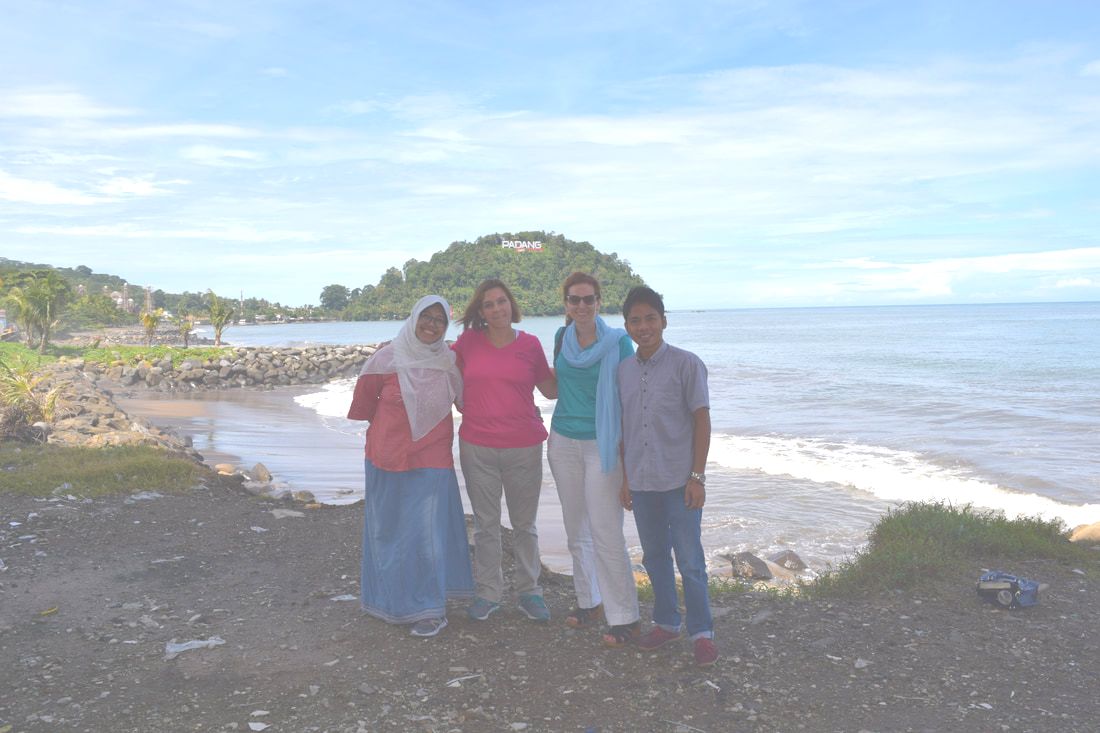
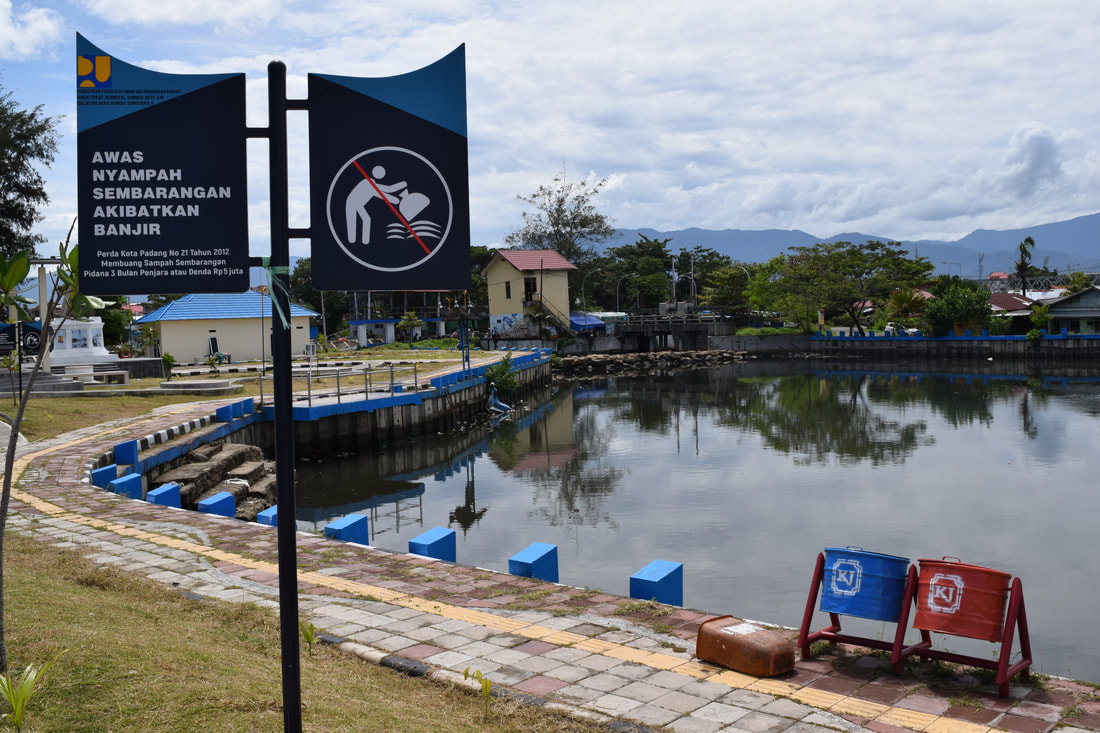
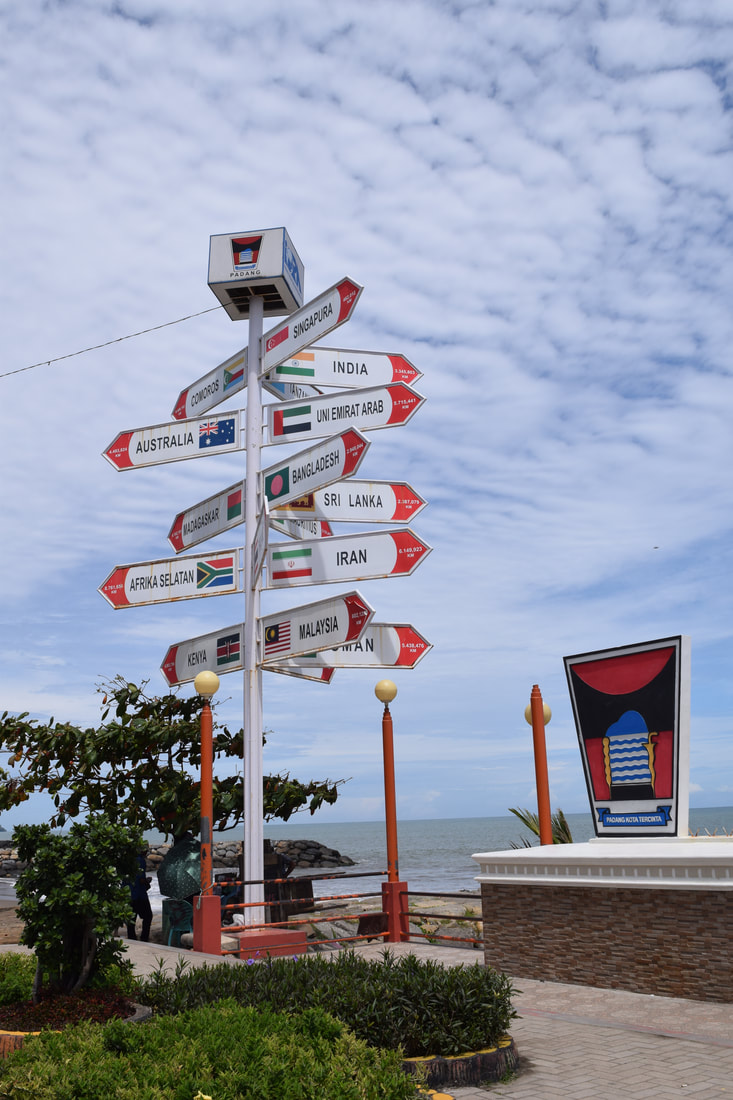
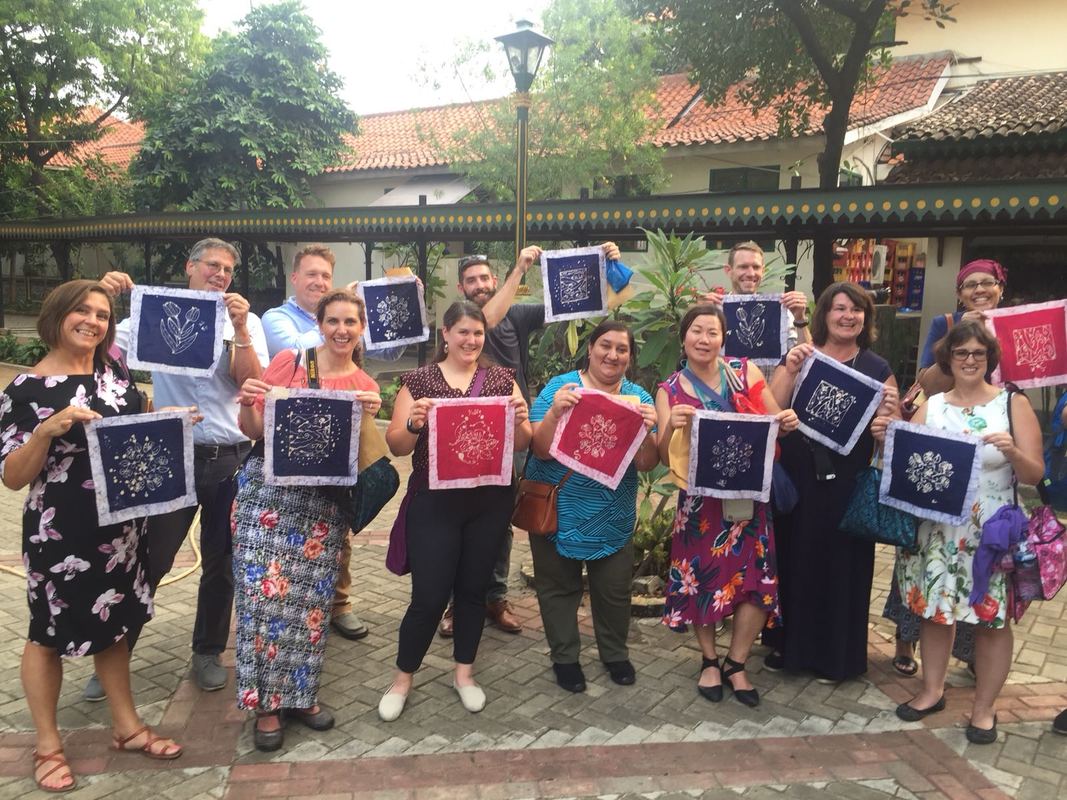
 RSS Feed
RSS Feed